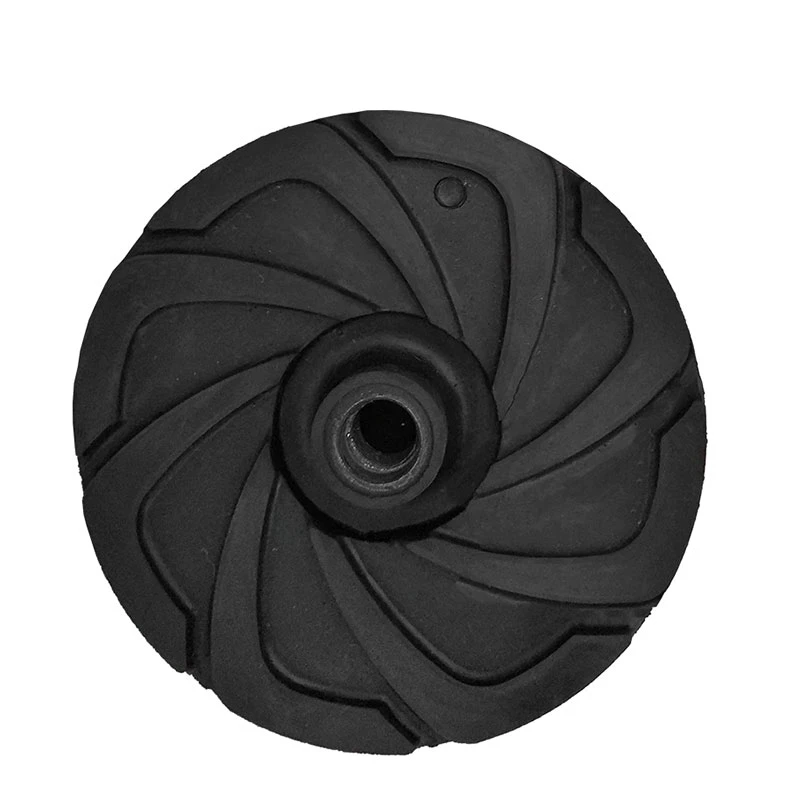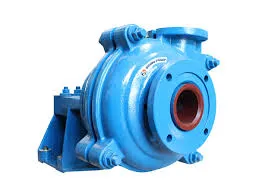-
 support@minemaxx.com
support@minemaxx.com
-
 0086-311-87833311
0086-311-87833311
 NO.8 JIHENG STREET,QIAOXI DISTRICT,SHIJIAZHUANG,HEBEI,CHINA
NO.8 JIHENG STREET,QIAOXI DISTRICT,SHIJIAZHUANG,HEBEI,CHINA
2 月 . 08, 2025 05:18
Back to list
pump wear ring material selection
Selecting the right pump wear ring material is a critical decision in the longevity and performance of centrifugal pumps across various applications. The wear ring serves as a crucial component by minimizing the amount of liquid leaking back between the upstream and downstream areas of the impeller. This function directly affects efficiency and reliability, reinforcing its role as an unsung hero in pump assemblies.
- Water Treatment Here, bronze and stainless steel are standard choices, given their balance of cost, durability, and corrosion resistance. In scenarios with potable water, material purity and compliance with health standards are also vital considerations. - Food and Beverage Sanitary operations demand materials that are non-reactive and easily cleanable. Stainless steel often meets these criteria, providing durability and ease of maintenance in compliance with health regulations. Future Trends in Material Technology The landscape of pump wear ring materials is continually evolving. Nanocomposite materials are under exploration for their potential to revolutionize wear resistance and lifespan. By integrating nano-fillers into polymer matrices, industry experts aim to develop wear rings with superior thermal stability and robustness, capable of outperforming traditional materials in the most demanding applications. Additionally, additive manufacturing, or 3D printing, is poised to disrupt conventional production methodologies. This technology allows for the rapid prototyping and production of complex geometries, which could lead to wear rings perfectly tailored to the unique flow dynamics of individual pump systems. Concluding Insights The selection of pump wear ring materials is not simply a technical decision—it is a strategic one that can influence the efficiency, maintenance costs, and operational stability of pump systems. An informed choice consolidates a pump’s ability to perform across its intended lifecycle while managing the risks associated with wear and corrosion. As material science progresses, continuous research and collaboration between manufacturers and industrial engineers are crucial. By aligning material properties with application-specific demands, industries can ensure their pumping systems operate efficiently and reliably, even under the most challenging conditions. With innovations like nanocomposites and additive manufacturing on the horizon, the future holds promising advancements in the realm of wear ring materials.


- Water Treatment Here, bronze and stainless steel are standard choices, given their balance of cost, durability, and corrosion resistance. In scenarios with potable water, material purity and compliance with health standards are also vital considerations. - Food and Beverage Sanitary operations demand materials that are non-reactive and easily cleanable. Stainless steel often meets these criteria, providing durability and ease of maintenance in compliance with health regulations. Future Trends in Material Technology The landscape of pump wear ring materials is continually evolving. Nanocomposite materials are under exploration for their potential to revolutionize wear resistance and lifespan. By integrating nano-fillers into polymer matrices, industry experts aim to develop wear rings with superior thermal stability and robustness, capable of outperforming traditional materials in the most demanding applications. Additionally, additive manufacturing, or 3D printing, is poised to disrupt conventional production methodologies. This technology allows for the rapid prototyping and production of complex geometries, which could lead to wear rings perfectly tailored to the unique flow dynamics of individual pump systems. Concluding Insights The selection of pump wear ring materials is not simply a technical decision—it is a strategic one that can influence the efficiency, maintenance costs, and operational stability of pump systems. An informed choice consolidates a pump’s ability to perform across its intended lifecycle while managing the risks associated with wear and corrosion. As material science progresses, continuous research and collaboration between manufacturers and industrial engineers are crucial. By aligning material properties with application-specific demands, industries can ensure their pumping systems operate efficiently and reliably, even under the most challenging conditions. With innovations like nanocomposites and additive manufacturing on the horizon, the future holds promising advancements in the realm of wear ring materials.
Previous:
Latest news
-
Wet Parts for Optimal PerformanceNewsOct.10,2024
-
Vertical Pump Centrifugal SolutionsNewsOct.10,2024
-
Top Slurry Pump ManufacturersNewsOct.10,2024
-
The Ultimate Guide to Centrifugal Pump for SlurryNewsOct.10,2024
-
Pump Bearing Types for Optimal PerformanceNewsOct.10,2024
-
A Guide to Top Slurry Pump SuppliersNewsOct.10,2024
-
Slurry Pump Parts for Optimal PerformanceNewsSep.25,2024

